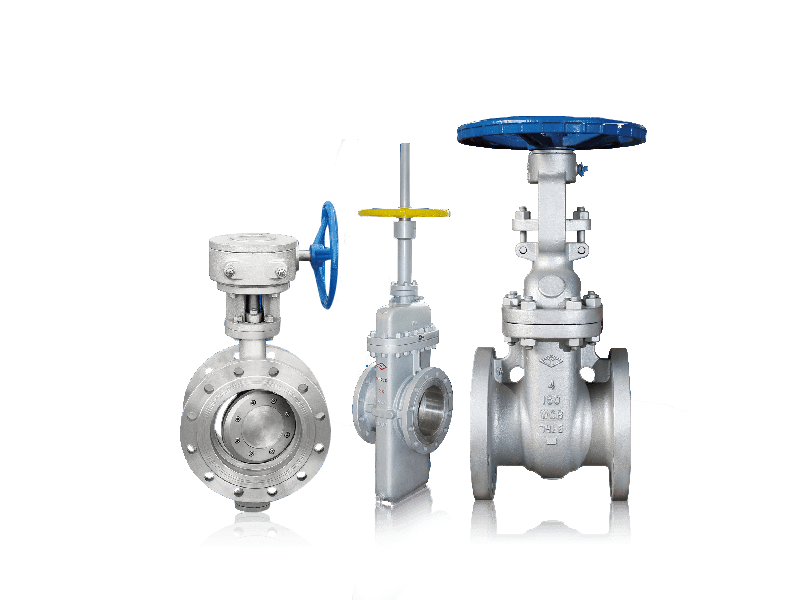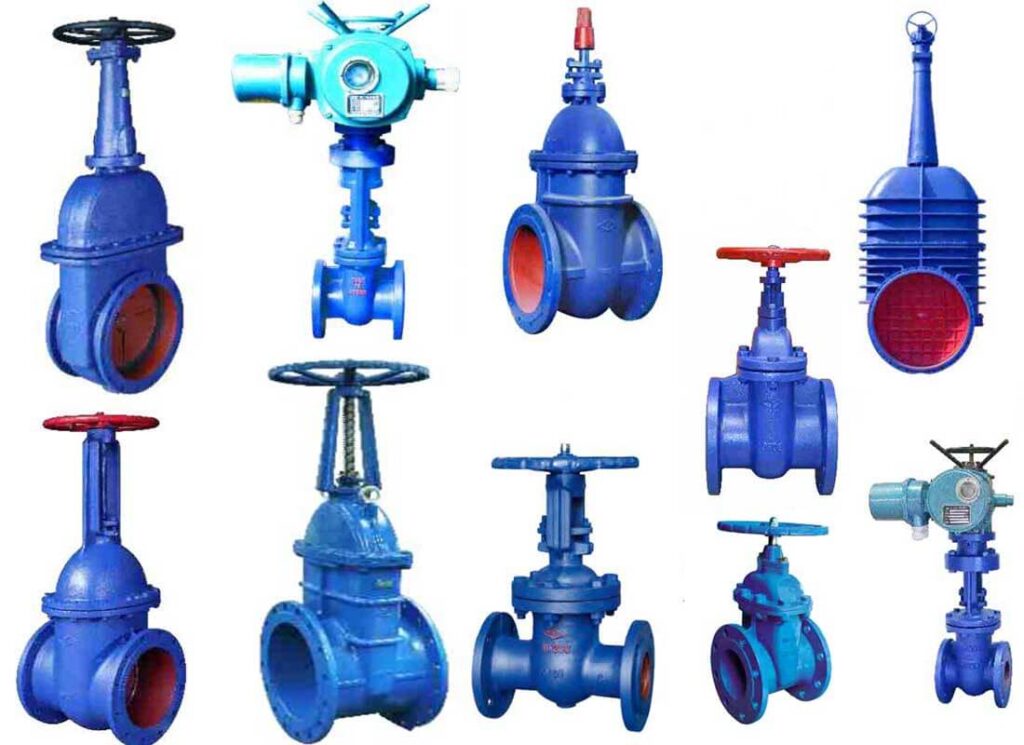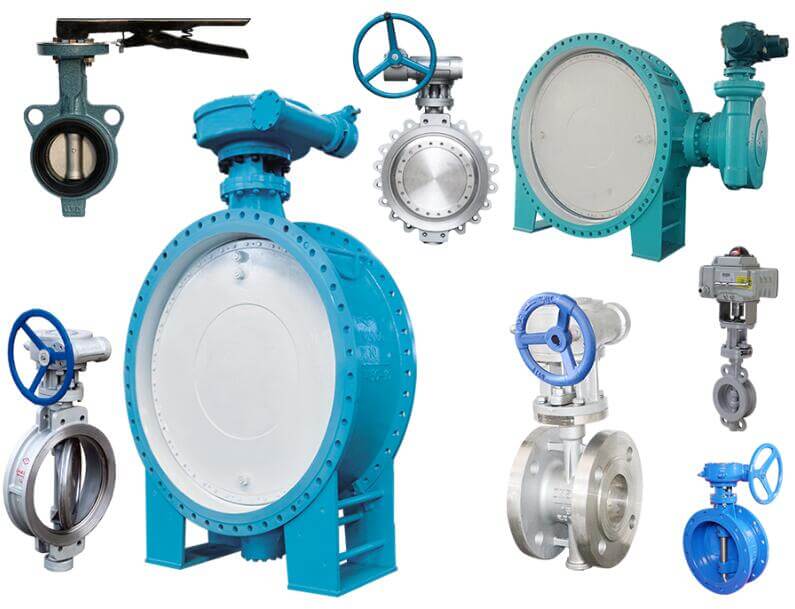자주 고려되는 두 가지 밸브 설계는 다음과 같습니다. 게이트 밸브 대 버터 플라이 밸브. 둘 다 흐름을 조절하는 목적으로 사용되지만, 그들은 구조가 크게 다릅니다, 작업, 및 성능 특성. 노련한 밸브 전문가로서, 다양한 산업 응용 분야에 가장 적합한 밸브 유형을 선택하는 방법에 대한 지침을 제공해 달라는 요청을 자주 받습니다.. 이 두 가지 밸브 유형 중에서 선택하려면 각각의 장점과 한계를 철저히 이해해야 합니다..

게이트 밸브: 견고하고 안정적인 일꾼

게이트 밸브는 오랫동안 밸브 산업에서 견고하고 신뢰할 수 있는 제품으로 인식되어 왔습니다.. 해당 디자인은 흐름 경로에 수직으로 움직이는 쐐기 모양의 게이트를 특징으로 합니다., 열린 위치에 있을 때 완전 구멍 개방 허용. 이 특성은 흐름에 대한 저항을 최소화합니다., 게이트 밸브는 압력 강하가 중요한 문제인 응용 분야에 탁월한 선택입니다., 물 분배 시스템과 같은, 석유 및 가스 파이프라인, 및 발전시설.
게이트 밸브의 주요 장점 중 하나는 닫힌 위치에 있을 때 단단히 밀봉할 수 있다는 것입니다., 효과적인 차단 기능 보장. 또한 양방향 흐름 기능으로도 잘 알려져 있습니다., 어느 방향으로든 흐름을 제어할 수 있게 해줍니다., 흐름 역전이 발생할 수 있는 응용 분야에 다용도로 사용 가능.
하지만, 게이트 밸브에는 몇 가지 제한 사항이 있습니다.. 일반적으로 다른 밸브 유형에 비해 더 높은 작동 토크가 필요합니다., 빈번한 작동이 필요한 애플리케이션에는 적합하지 않을 수 있습니다.. 추가적으로, 스로틀 서비스에는 게이트 밸브를 권장하지 않습니다., 부분적으로 열린 위치는 시간이 지남에 따라 밸브 구성 요소에 부식과 손상을 일으킬 수 있기 때문입니다..
버터플라이 밸브: 컴팩트하고 비용 효율적인 솔루션

버터플라이 밸브, 반면에, 컴팩트한 디자인과 비용 효율성의 독특한 조합을 제공합니다.. 이 밸브에는 스템에서 회전하는 원형 디스크가 있습니다., 디스크가 열린 위치의 흐름 경로와 정렬되고 닫힌 위치의 흐름에 수직이 되도록 허용.
버터플라이 밸브의 주요 장점 중 하나는 가볍고 컴팩트한 구조입니다., 설치 및 유지 관리가 더 쉬워졌습니다., 특히 공간이 제한된 애플리케이션에서. 또한 다른 밸브 유형에 비해 상대적으로 저렴합니다., 예산에 민감한 프로젝트에 매력적인 옵션이 됩니다..
버터플라이 밸브는 빈번한 작동이나 스로틀링 서비스가 필요한 응용 분야에 매우 적합합니다., 최소한의 토크 요구 사항으로 부드럽고 효율적인 작동이 가능하도록 설계되었기 때문입니다.. 하지만, 압력 및 온도 성능 측면에서 제한이 있습니다., 완벽한 차단 기능을 제공하는 기능도 제공합니다., 특히 더 큰 크기나 특정 유형의 미디어를 다룰 때.
최적의 선택 평가
게이트 밸브와 버터플라이 밸브 중에서 선택할 때, 응용 프로그램의 특정 요구 사항을 고려하는 것이 중요합니다., 압력 및 온도 조건과 같은 요소를 포함합니다., 흐름 특성, 침식 또는 부식 가능성, 긴밀한 차단 또는 양방향 흐름 제어의 필요성.
고압이 적용되는 응용 분야, 극한의 기온, 또는 양방향 흐름 제어가 필요합니다., 게이트 밸브는 견고한 구조와 안정적인 성능으로 인해 종종 선호되는 선택입니다.. 그들은 석유 및 가스와 같은 산업에서 일반적으로 사용됩니다., 발전, 및 물 분배 시스템.
버터플라이 밸브, 반면에, 비용 효율성을 우선시하는 애플리케이션에 매우 적합합니다., 빈번한 작동, 또는 조절 기능. 그들은 화학 처리와 같은 산업에서 흔히 발견됩니다., 펄프와 종이, 및 HVAC 시스템, 컴팩트한 디자인과 효율적인 작동이 중요한 곳.
다음과 같은 평판이 좋은 밸브 제조업체 Farpro Yuanda 산업용 밸브 제조업체 다양한 게이트 밸브와 버터플라이 밸브 제공, 최고의 산업 표준과 고객 기대를 충족하도록 설계 및 제조되었습니다.. 밸브 전문가로서, 각 프로젝트에 대한 최적의 밸브 선택을 보장하기 위해 특정 적용 요구 사항을 철저히 평가하고 숙련된 전문가와 상담하는 것이 좋습니다..
